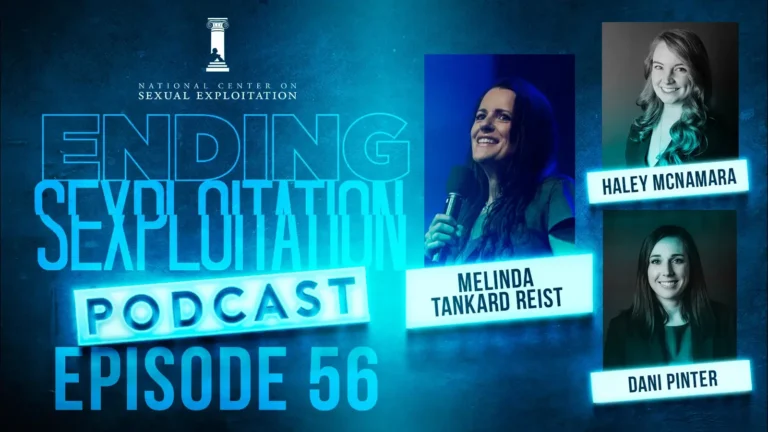Porn creates demand for sex trafficking
By Patrick A. Trueman
July 23, 2014
The Miami Herald
Opposition to sex trafficking is almost universal. People don’t think anyone should be forced into sexual acts for another’s gratification. Yet, this form of slavery is widespread, even in Western nations.
But many also say they believe pornography production and distribution is a “victimless crime.” They don’t connect the dots that lead from pornography directly to sex trafficking.
Pornography is a powerful stimulant that can actually alter brain patterns, creating addiction. It is produced mainly for men, and it begins shaping their sexual road maps as early as pre-adolescence.
Our sexualized culture, with its constant sexual portrayal of women, affects not only boys and men but girls and women, too. Mass-marketing advertising campaigns directed at young girls seem to dictate that they must dress and act like prostitutes to be valued.
In 2007, an American Psychological Association task force found that girls increasingly view themselves as objects in a process called “sexual self-objectification.” One result is today’s epidemic of “sexting,” teens sending pornographic photos of themselves or others via cell phones.
Pornography thrives in this sex-charged culture, leading to a pandemic of harm. A recent study of top-selling porn videos in America by Dr. Ana J. Bridges revealed that 88 percent of the scenes contained either physical or verbal violence. Males are viewing near nonstop depictions of predatory men acting as sexual psychopaths attacking women. These images condition men to view women as objects for their pleasure and desensitize them to the real pain caused by sexual exploitation, including sex trafficking.
Thus, pornography creates the demand for sex trafficking. Court-tested obscenity laws that prohibit distribution of hardcore adult porn are on the books, if only prosecutors would enforce them. Ever since the U.S. Supreme Court’s Miller ruling in 1973, the definition of obscenity, which is not protected by the First Amendment, has been clear. In case after case, courts have convicted pornographers that sell obscene material. Yet, despite this success, the U.S. Department of Justice has failed to initiate a new obscenity case in the last six years.
Pornography thrives in an atmosphere of non-enforcement. So, too, does sex trafficking, which is found in every major city in America. Attorney Laura Lederer, a founder of America’s anti-trafficking movement, warned, “We should not say that pornography leads to sex trafficking; pornography is sex trafficking.”
Scholar Dr. Catherine Mackinon says that consuming pornography is an “experience of bought sex and thus it creates a hunger to continue to purchase and objectify, and act out what is seen.” Pornography, she says, is “advertising for trafficking, not just in general but also in the sense that traffickers and pimps use pornographic images of victims as specific advertising for their ‘products.’ ”
We must employ all means to stop that demand. This means curbing pornography distribution by enforcing state and, particularly, federal obscenity laws, including those against the smut explosion on the Internet.
The federal Trafficking Victims Protection Act (TVPA) provides law enforcers with tools to combat trafficking. As defined by the TVPA, trafficking is present in the mainstream porn industry where force, fraud and coercion can be found on the porn set. That means the TVPA should be used against the porn industry as it should be used against all trafficking.
Sex trafficking does not happen in a vacuum — it is the tragic, criminal product of permissive attitudes toward sexual exploitation. All laws should be employed to target these evils.
Patrick A. Trueman, former director the Child Exploitation and Obscenity Section, Criminal Division, of the U.S. Justice Department, is president and CEO of Morality in Media, an organization that opposes pornography and sexual trafficking. This article is drawn from a presentation to be given at the Third Annual Human Trafficking Conference at St. Thomas Law School, in Miami, on Friday.



